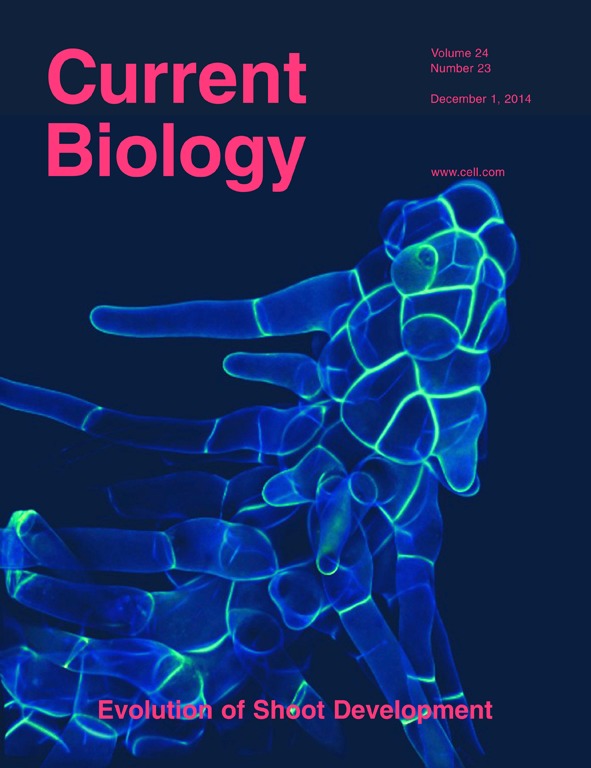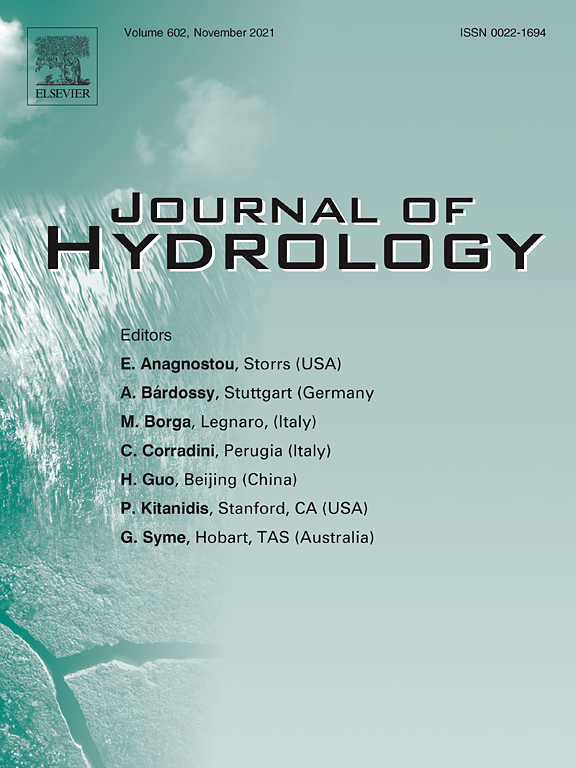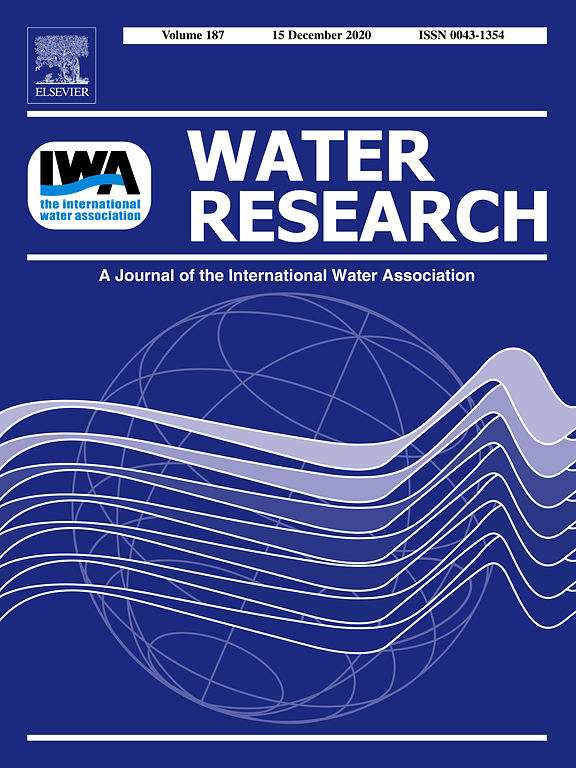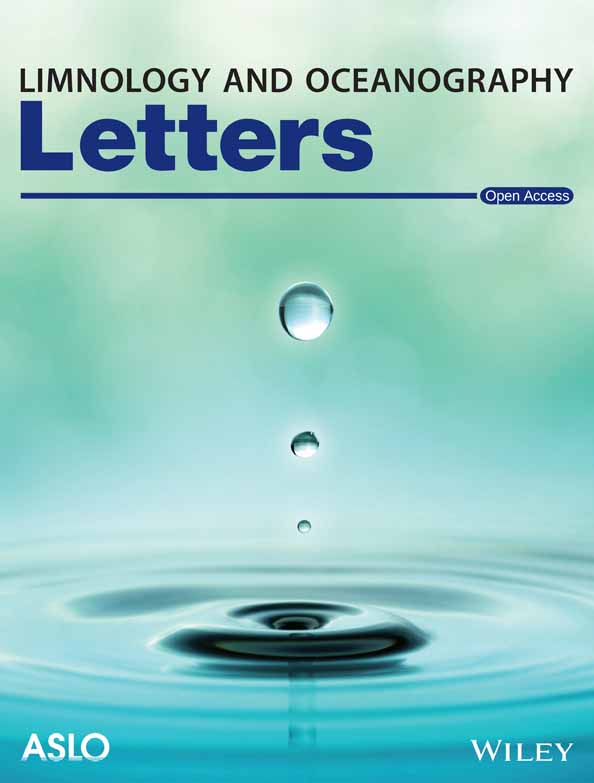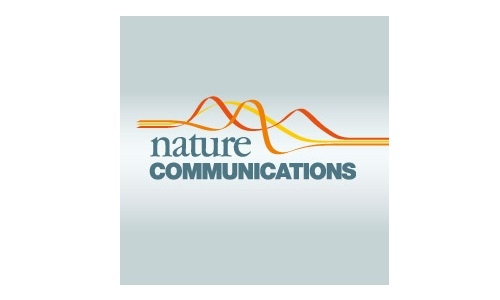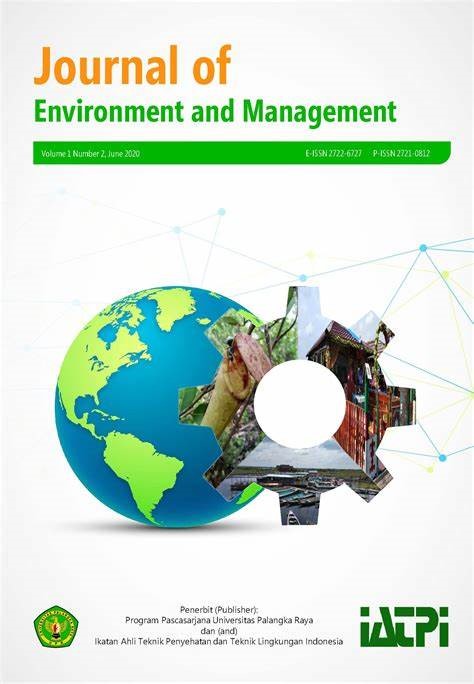The haplotype-resolved Prymnesium parvum (type B) microalga genome reveals the genetic basis of its fish-killing toxins
The research team has sequenced the complete genome of the microalga from the the Oder disaster 2022 in order to identify future risk factors under which the alga multiplies and produces its toxin. They were able to identify the gene sequences that encode the toxins an important step toward an early warning system.
Respiration and CO2 evasion dynamics in moving streambeds as a response to flow regimes
Monitoring, trends and impacts of light pollution
The "Night Watch" consortium has compiled studies that use satellite images and star observations to analyse how artificial light is changing our night sky and nocturnal environments. Almost 50 per cent of the earth's surface is affected by light pollution, with natural darkness being outshone by a factor of up to several thousand. And light pollution is increasing: 2-10% each year.
Linking terrestrial biogeochemical processes and water ages to catchment water quality: A new Damköhler analysis based on coupled modeling of isotope tracers and nitrate dynamics
Catchment-scale nitrate dynamics involve complex coupling of hydrological transport and biogeochemical transformations, imposing challenges for source control of diffuse pollution. Coupled modeling of isotope tracers and nitrate dynamics revealed that upland arable areas impose pollution risks under drought while the river-connected lowlands are processing hotspots and more resilient to drought.
Unleashing the power of remote sensing data in aquatic research: Guidelines for optimal utilization
The study aimed to elucidate the tradeoffs for the utilization of remote sensing data in limnological studies with an example based on the estimation of chlorophyll a due to its importance as a water quality indicator. Assessing atmospheric correction and product limitations ensures alignment with the limnological study.
Unveiling nitrate origins in semiarid aquifers: A comparative analysis of Bayesian isotope mixing models using nitrate and boron isotopes and a Positive Matrix Factorization model
The authors identified the dominant sources of nitrate pollution and biogeochemical transformations in the semiarid region of the Meoqui-Delicias aquifer, Mexico, where the uncontrolled use of chemical fertilizers and manure lead to excessive nutrient input resulting in deterioration of groundwater quality. This provides an evidence base for policy-making to protect drinking water quality.
Unravelling large-scale patterns and drivers of biodiversity in dry rivers
Human activities-impacted lake dissolved organic matter (DOM) affects phycosphere microbial diversity and DOM diversification via carbon metabolism

Interspecific differences in swimming performance, behavior and survival between native Italian gudgeon (Gobio benacensis Pollini, 1816) and non-native European gudgeon (Gobio gobio Linnaeus, 1758)

A desiccating saline lake bed is a significant source of anthropogenic greenhouse gas emissions
Desiccating salt lakes are an underappreciated source of greenhouse gases that could become even more relevant as a result of climate change. This study, examining greenhouse gas emissions from the drying lake bed of Great Salt Lake, Utah, calculates that 4.1 million tons of carbon dioxide and other greenhouse gases were released in 2020.


